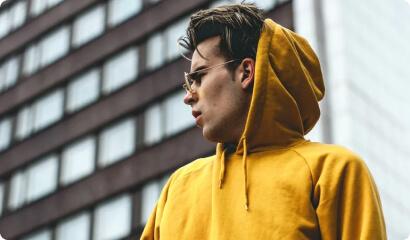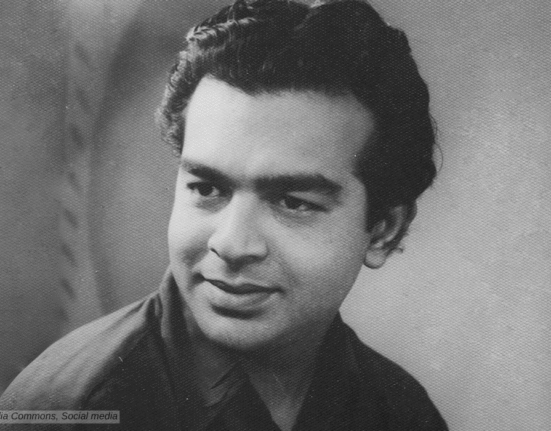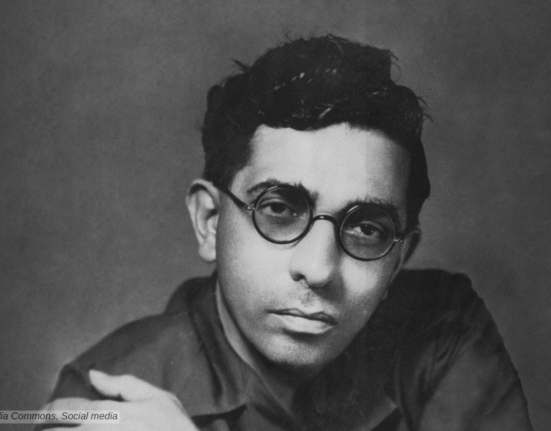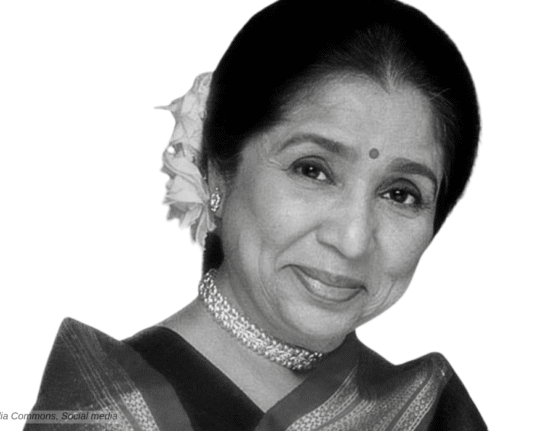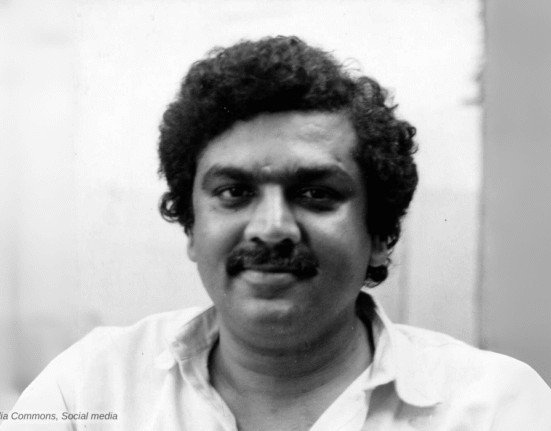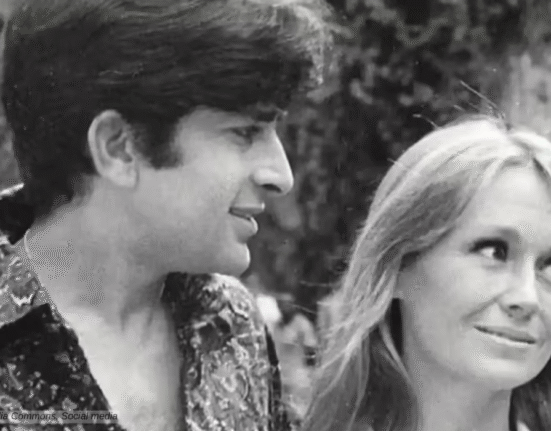Uday Shankar was a trailblazing Indian dancer and choreographer renowned for crafting a unique dance style. Widely considered as India’s first modern choreographer, dancer, and innovator, he blended European theatrical techniques with Indian classical, folk, and tribal dance elements, which led to revolutionising the Indian dance scene across the world during the 1920s and 1930s.
Early Life
Uday Shankar, born on December 8, 1900, in Udaipur. His father, Shyam Shankar Chowdhury, was a barrister and a Sanskrit scholar, while his mother, Hemangini Devi, came from a zamindari family. He was the elder brother of the legendary sitarist Pt. Ravi Shankar, who played a pivotal role in introducing Indian classical music to the global stage.
Uday’s education spanned various locations, including Nasratpur, Gazipur, Varanasi, and Jhalawar, where he developed an interest in the arts, particularly music and photography. In 1918, Uday Shankar moved to Mumbai to attend the J.J. School of Art and later continued his studies at the Royal College of Art in London.
Uday Shankar The Pioneer
It was in London where he began his dance career, performing at charity events organised by his father. One such performance caught the attention of the renowned Russian ballerina Anna Pavlova, with whom he later collaborated to create the iconic dances “Hindu Wedding” and “Radha and Krishna.”
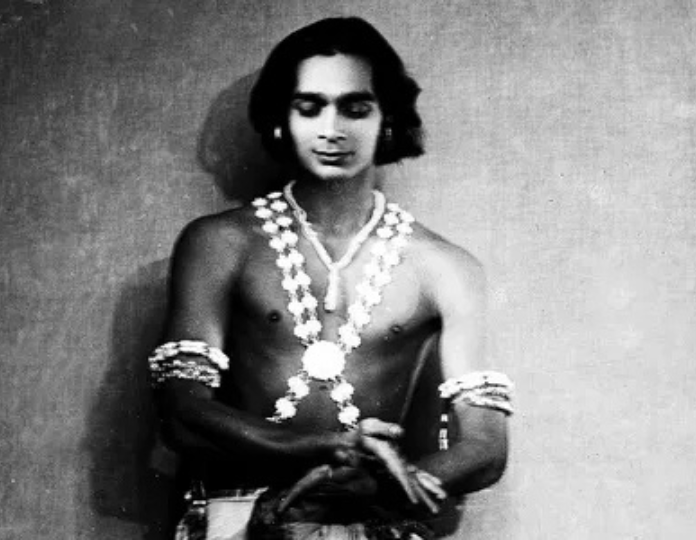
The ballet ‘Radha-Krishna,’ performed as a duet by Shankar and Pavlova in 1923, was a groundbreaking piece that showcased the fusion of Indian dance motifs with classical ballet. The performance was a visual representation of the cultural dialogue between East and West, with Shankar’s authentic Indian dance movements complementing Pavlova’s classical ballet techniques.
Upon returning to India in 1929, Shankar formed his own dance company, which toured Europe in 1930 and the United States from the 1930s to the 1960s. His work, though initially met with criticism from traditionalists, eventually received support from prominent figures like Rabindranath Tagore.
Tagore’s influence on Shankar was profound, as he encouraged Shankar’s explorations in dance and even invited him to establish a dance school at Santiniketan. This partnership was pivotal in Shankar’s journey, as it allowed him to delve deeper into the essence of Indian culture and arts.
Uday Shankar India Cultural Centre
Uday Shankar embarked on extensive tours in Europe and America, collaborating with iconic ballerina Anna Pavlova on the theme of ‘Radha-Krishna.’ He also joined forces with celebrated artists such as French pianist Simon Barbiere, Swiss sculptor Alice Boner, and American performing arts manager and pianist Aaron Richmond. Shankar also collaborated with legendary artists like legendary musicians Vishnu Dass Shirali and Timir Baran, impresario Sol Hurok, French dancer Simkie, as well as legendary Zohra Sehgal.
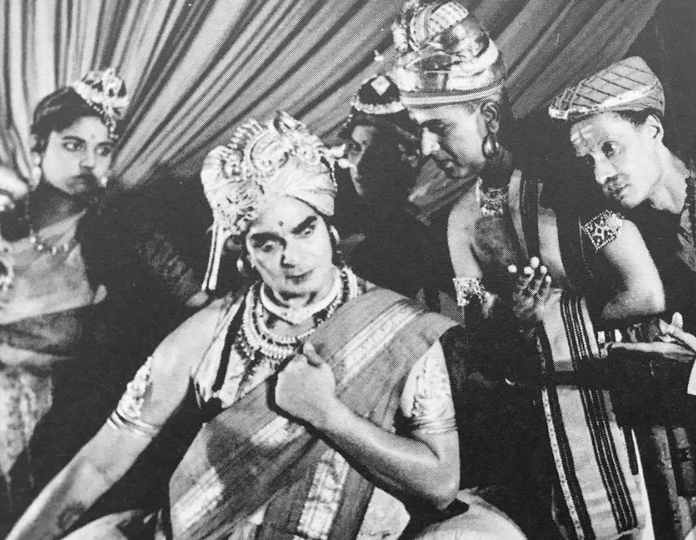
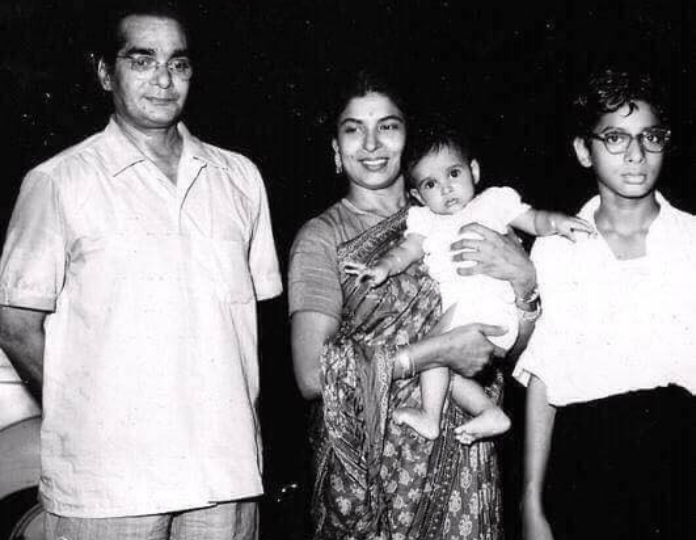
Upon returning to India, in 1938, he founded the ‘”Uday Shankar India Cultural Centre” in Simtola, Uttarakhand, near Almora. Here, he invited renowned artists like Sankaran Namboodri for Kathakali, Kandappa Pillai for Bharatanatyam, Ambi Singh for Manipuri, and Ustad Allauddin Khan for music. The centre became a hub for artists and dancers, including Guru Dutt, Shanti Bardhan, Simkie, Amala, Satyavati, Narendra Sharma, Ruma Guha Thakurta, Prabhat Ganguly, Zohra Sehgal, Uzra Butt, Lakshmi Shankar, and Shanta Gandhi. Even his own brothers Rajendra, Debendra, and Ravi joined as students.
Uday Shankar India Culture Centre in Almora, a hub for dance, drama, and music, later relocated to Kolkata.
Kalpana (1948)
Shankar’s artistic endeavours were not limited to dance alone; he also ventured into filmmaking. In 1948, he wrote, produced, and directed the film “Kalpana,” which was a dance drama showcasing his choreographic expertise. The film featured his wife, Amala Shankar, and his dance troupe, and it became a testament to his creative genius, blending classical Indian dance with narrative cinema.
Personal Life
Uday Shankar’s personal life intertwined with his art as he married his dance partner, Amala Shankar. The couple had two children, Ananda Shankar, born in 1942, and Mamata Shankar, born in 1955.
In recognition of his significant contributions, Uday Shankar was honoured with the Sangeet Natak Akademi Fellowship for lifetime achievement by the Sangeet Natak Akademi in 1962. Additionally, the Government of India awarded him the Padma Vibhushan, its second-highest civilian honour, in 1971.
Uday Shankar on IMDB


